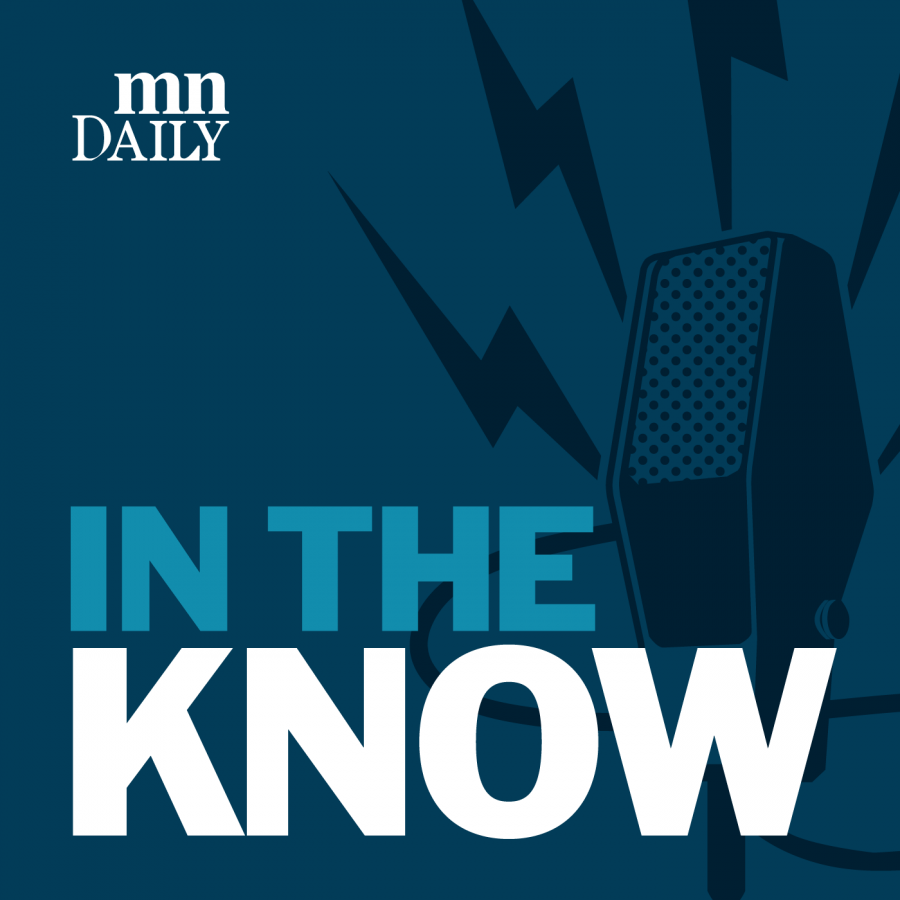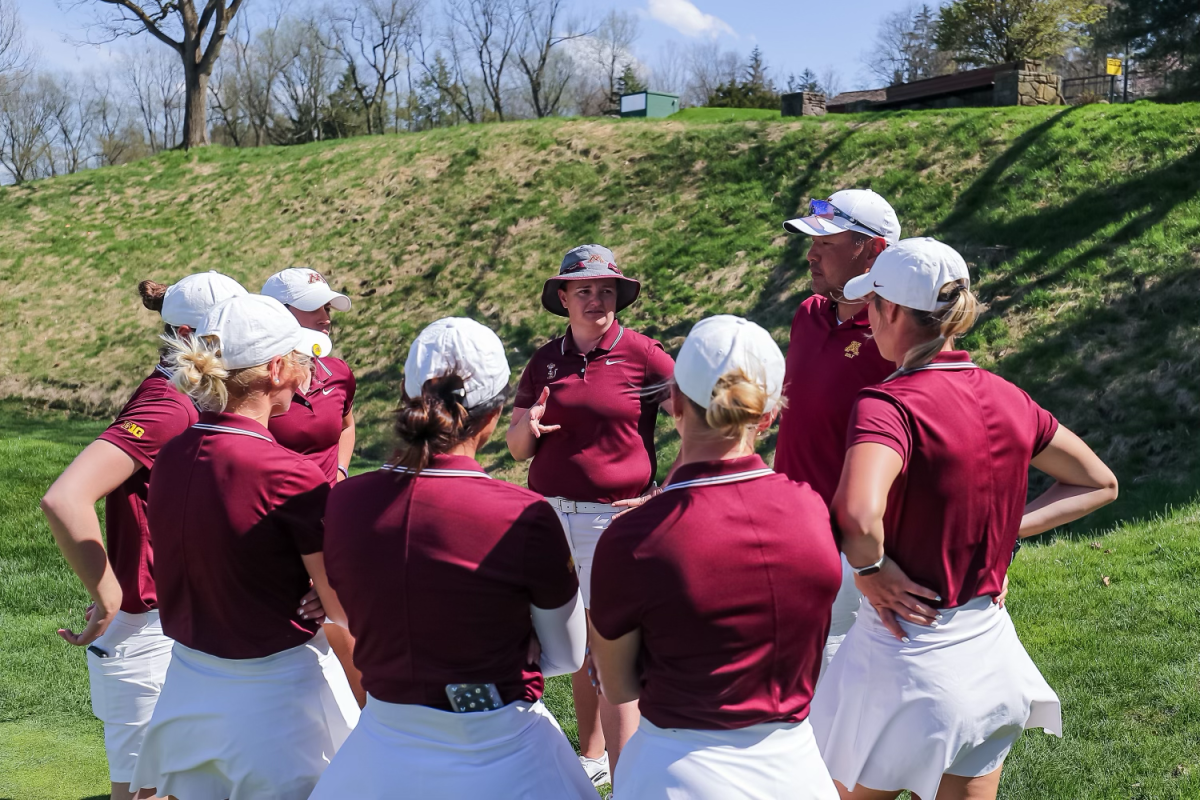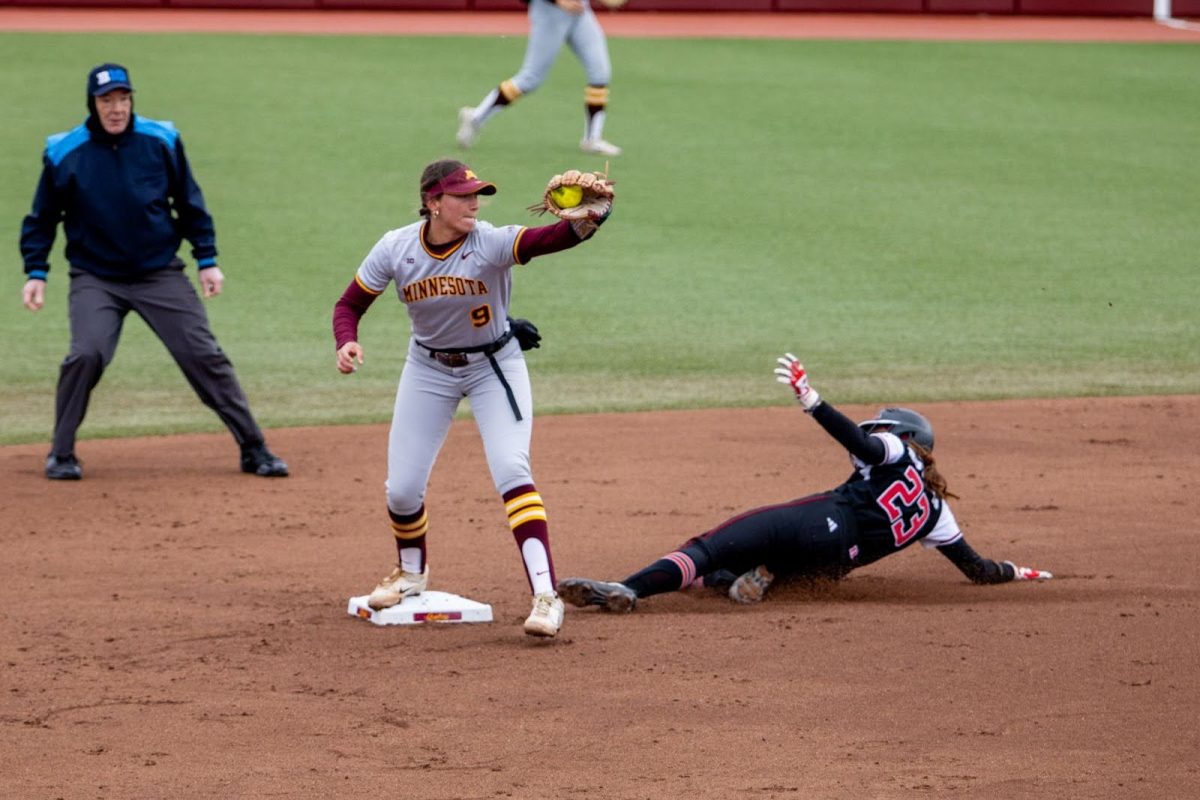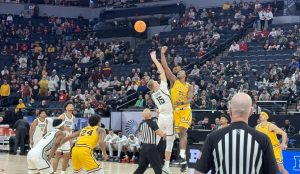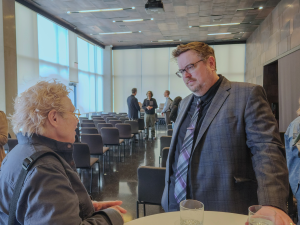EVANSTON, Ill. (U-wire) — Pressure to be on the cutting edge of technology and research is forcing some universities to raise tuition by considerably more than the national average.
Most U.S. colleges will increase tuition by 3 to 5 percent for next year, though some are raising tuition by more than twice the rate of inflation, which is about 3 percent. Private schools like Northwestern University will increase tuition by 5.8 percent. George Washington University will raise it by 6.7 percent.
“Nobody likes to increase tuition,” said Mike Freedman, director of public affairs at George Washington. “It becomes a necessary evil at institutions. I hope it won’t hurt enrollment, but I believe the net result will be a stronger and more attractive place for students and faculty.”
George Washington will launch a $30 million technology upgrade that will be funded in part by the tuition increase.
Financial aid, however, is also on the rise at many of these schools. Newsweek magazine reported that Congress raised federal work-study program funding by more than a third last year. With schools’ matching funds, about $300 million more will be available next year.
Even state schools are feeling pressures to increase tuition. “It all depends on what’s happening in a particular state,” said C. William Fischer, Northwestern University’s senior vice president for business and finance. “State governments are being more and more pressed today because of the devolution of welfare responsibilities to state government. State legislatures look for where they can reduce spending, and that’s often in education.”
Northwestern University’s tuition increase will fund an expanded study-abroad program, computer equipment upgrades, expansion of the pilot Engineering First program and a $4.5 million renovation of the food services.
“Our tuition raise was at the high end of peer institutions in terms of percentage, but not at the high end in terms of absolute amount,” Fischer said.
Harvard University in Cambridge, Mass., had its smallest increase for next year in nearly 30 years: 4.1 percent. Harvard admits students regardless of their ability to pay, said Debbie Rutter, assistant news director.
It awards $41 million in need-based scholarships, and two-thirds of its undergraduates receive financial support.
“We all recognize that college has become persistently expensive,” Rutter said. “We have to try as hard as we can to keep down costs for families.”
“Each school has individual circumstances,” Fischer said. “They differ in terms of the degree they’ve kept up maintaining buildings, their endowments and the amount of sponsored research they’ve been able to garner.”
Two competing trends affect tuition increases: the desire to keep costs low and the desire to create better programs and facilities that attract prospective students, said Fred Seigel, assistant vice president for enrollment management at George Washington.
“If the tuition increase doesn’t move the institution forward, there’s a fear that people will pass you by,” Seigel said. “But at these prices, it’s hard to think students will choose between schools because of a $200 or $300 difference.”


